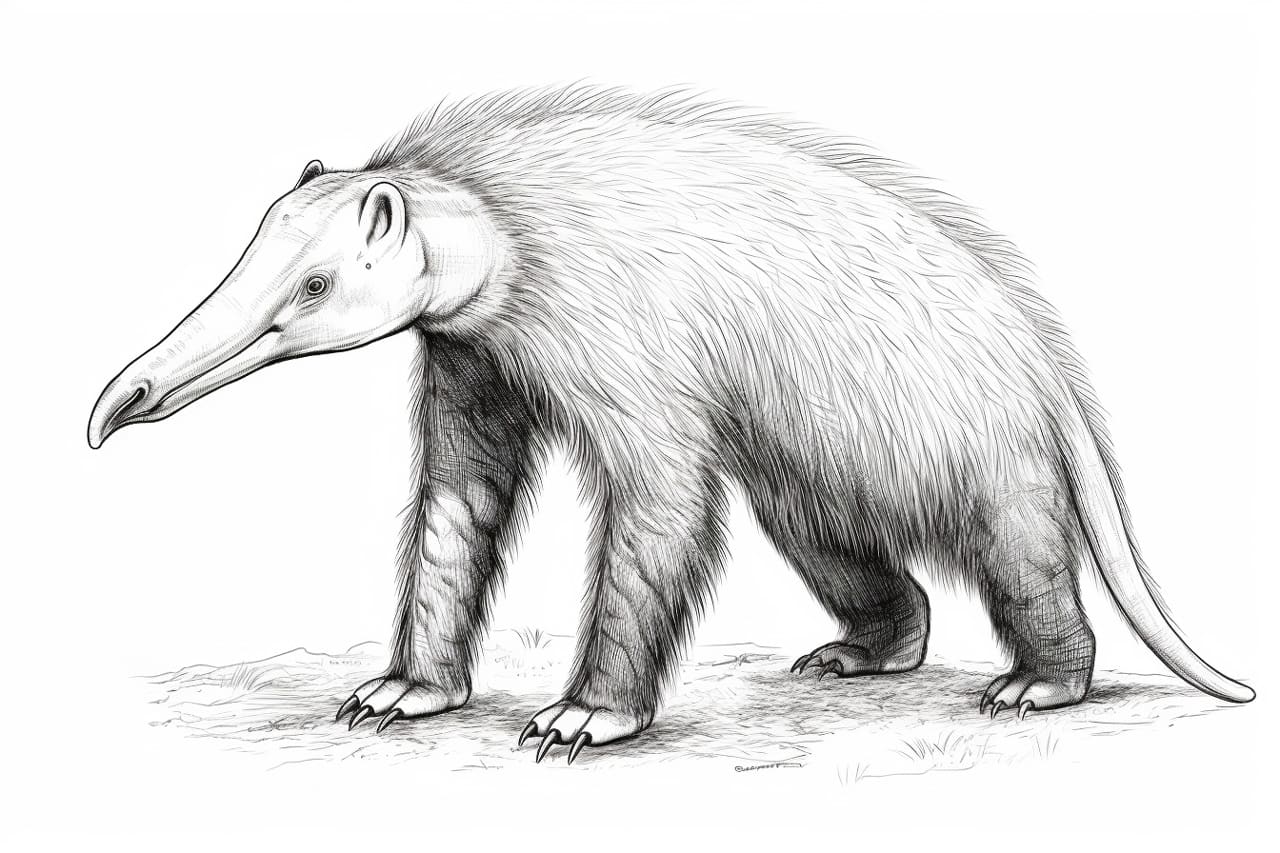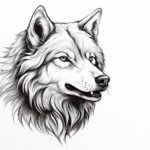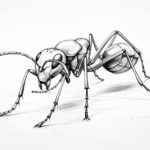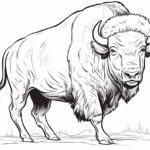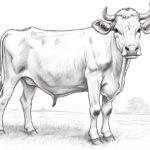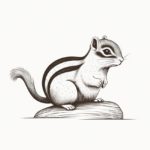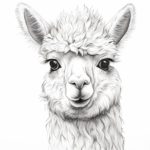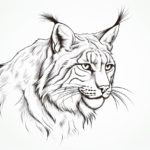Drawing an anteater is a unique and fascinating challenge for any artist, as these intriguing creatures possess a distinctive appearance that is both captivating and intricate. With their long snouts, sharp claws, and bushy tails, anteaters are a true testament to the wonders of the animal kingdom. In this tutorial, we will explore the key features and characteristics of anteaters and provide step-by-step guidance on capturing their essence on paper. So grab your pencils and get ready to embark on a creative journey into the wild world of how to draw an anteater!
Materials Required
To draw an anteater, you will need the following materials:
- Drawing paper or sketchbook
- Pencils (a range of graphite pencils for different shades)
- Eraser (preferably a kneaded eraser for easy corrections)
- Sharpener
- Reference image of an anteater (optional but helpful for accuracy)
- Colored pencils or markers (optional for adding color to your drawing)
- Blending tools such as blending stumps or tortillons (optional for creating smooth shading)
- Fixative spray (optional to set your drawing and prevent smudging)
These materials will help you create a detailed and realistic drawing of an anteater.:
How to Draw an Anteater: a Step-by-step Guide
Step 1: Gather Your Materials
- Get a pencil, eraser, paper, and any coloring tools you may want to use.
- Make sure you have a reference image of an anteater for guidance.
Step 2: Start with Basic Shapes
- Begin by lightly sketching an oval shape for the anteater’s body.
- Add a smaller oval shape on one end for the head.
- Draw a long, curved line extending from the head for the anteater’s snout.
Step 3: Define the Features
- Add two small circles near the front of the head for the eyes.
- Draw a long, tubular shape for the anteater’s long snout.
- Sketch the ears on top of the head as two small, rounded triangles.
Step 4: Add Details
- Draw the anteater’s long, sticky tongue protruding from its mouth.
- Add small, sharp claws to the anteater’s feet for digging.
- Include the anteater’s bushy tail extending from the body.
Step 5: Refine and Finalize
- Refine the outlines of the anteater’s body, head, and features.
- Erase any unnecessary guidelines and overlapping lines.
- Add any additional details or texture to make your drawing more realistic.
Step 6: Color Your Drawing
- Use shades of brown and gray for the anteater’s fur.
- Add highlights and shadows to give your drawing depth and dimension.
- Consider using colored pencils, markers, or watercolors to bring your anteater to life.
Step 7: Final Touches
- Review your drawing and make any final adjustments as needed.
- Sign your artwork and date it to mark your completion.
- Share your creation with others and be proud of your work!
Tips:
- Take your time and be patient with each step of the drawing process.
- Use light, gentle strokes when sketching to avoid making mistakes.
- Practice drawing different poses and angles of anteaters to improve your skills.
Conclusion
In conclusion, I want to commend you on your wonderful drawing of an anteater! Your attention to detail and skillful use of shading truly bring this unique creature to life on the page. Keep exploring different subjects and techniques in your art practice, as each new drawing is an opportunity to learn and grow as an artist. Remember to stay inspired, stay curious, and most importantly, keep creating! I look forward to seeing more of your beautiful artwork in the future. Well done!
Fun Facts About Anteaters
- Anteaters have a specialized tongue that can flick in and out of their mouths up to 150 times per minute to capture ants and termites.
- Despite their name, anteaters don’t actually eat ants exclusively – they also consume termites, bees, and other small insects.
- The giant anteater, found in Central and South America, can grow up to 7 feet long, including their bushy tails.
- Anteaters have poor eyesight and rely heavily on their sense of smell to locate their prey.
- The silky anteater is the smallest species of anteater, measuring only about 14 inches in length.
- Anteaters have strong forelimbs and sharp claws, which they use to tear open ant and termite mounds.
- Anteaters have no teeth, so they use their long, sticky tongues to lap up insects.
- Female anteaters give birth to a single offspring, called a pup, after a gestation period of about six months.
- Anteaters are solitary animals and are most active at night, spending their days resting in burrows.
- Despite their somewhat awkward appearance, anteaters are swift and agile runners, capable of reaching speeds of up to 30 miles per hour.
Suggestions for Scenes and Settings for Anteater Drawings
- An anteater in its natural habitat, the rainforest, surrounded by lush greenery and colorful flowers.
- An anteater foraging for ants and termites in a sandy savanna setting, with a few termite mounds in the background.
- An anteater walking along a riverbank, with a dense jungle on one side and open grassland on the other.
- An anteater curled up sleeping in a tree hollow, with its distinctive long snout visible.
- An anteater in a zoo enclosure, interacting with enrichment toys or engaging in a feeding session with a zookeeper.
- An anteater at dusk, silhouetted against the setting sun with the sky displaying vibrant colors.
- An anteater mother with her baby clinging to her back, showcasing a tender moment in their relationship.
- An anteater in an urban setting, such as a city park, exploring its surroundings with curiosity.
- An anteater in a playful pose, standing on its hind legs with its front paws raised as if reaching for something.
- An anteater swimming in a shallow pond, its long snout just breaking the water’s surface as it searches for aquatic insects.

